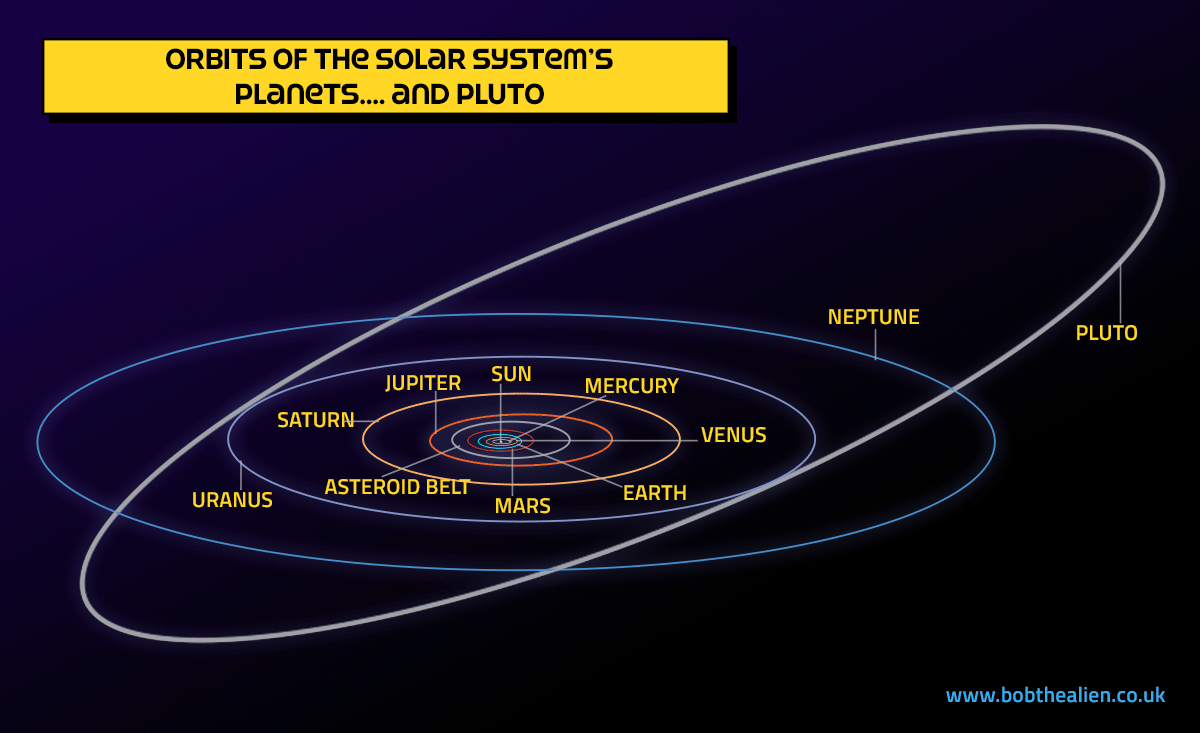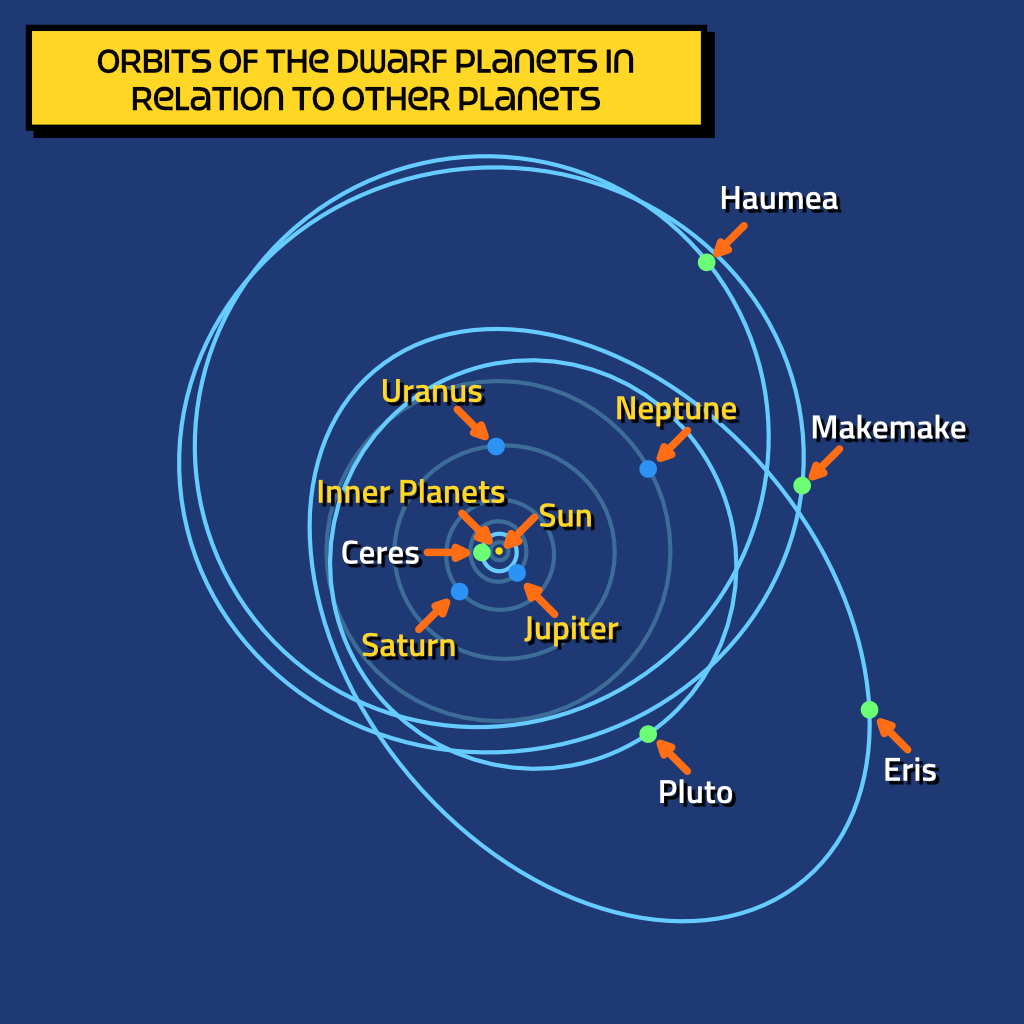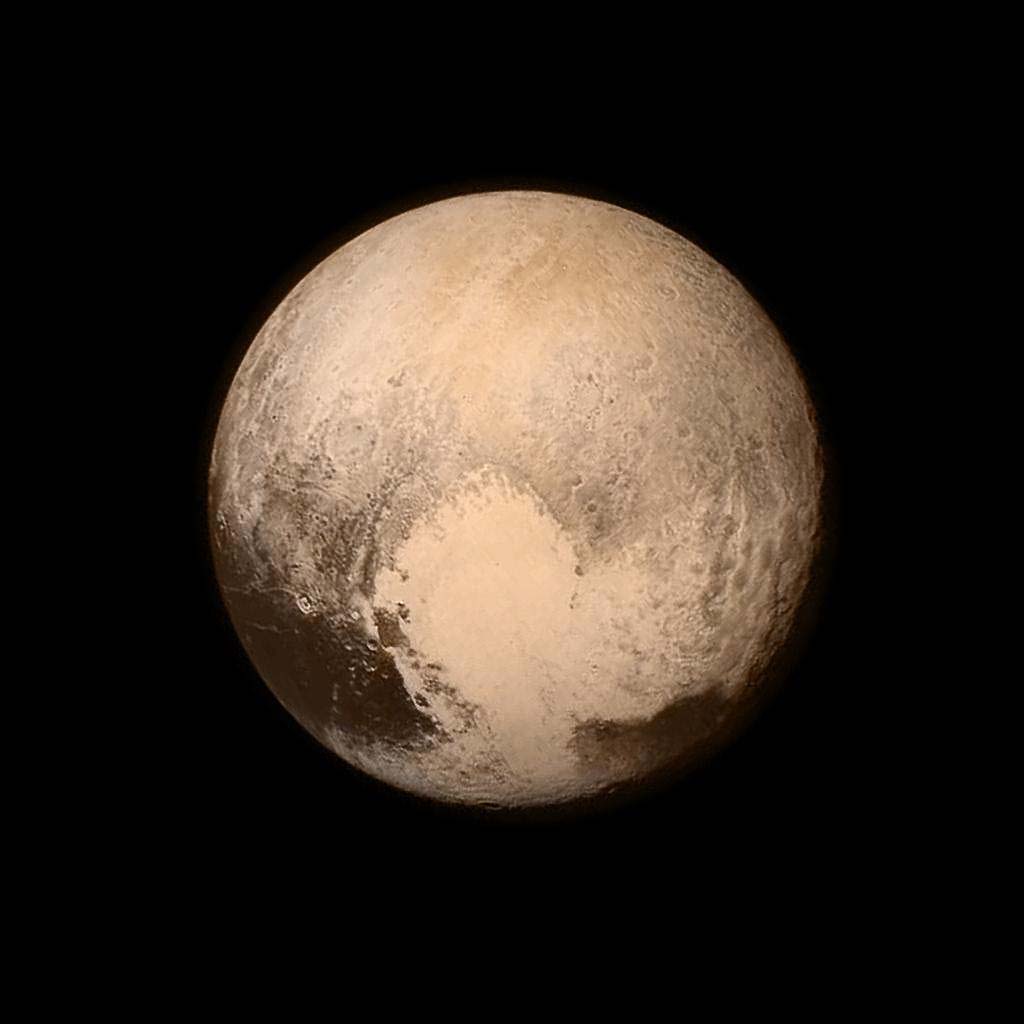Why is Pluto not a Planet?
In 2006, Pluto, once recognised as the ninth planet of the Solar System, was reclassified as a dwarf planet. This decision followed years of debate about Pluto’s status and discoveries of similar worlds. Let's delve into why Pluto was demoted and what this means for the rest of the Solar System.
On 18th February 1930, a young astronomer named Clyde Tombaugh, working at the Lowell Observatory in Flagstaff, Arizona, discovered Pluto. At the time, it was believed to be similar in size to Earth, but as technology advanced, it was found to be much smaller - smaller even than Earth’s moon. Its discovery expanded the Sun’s family of planets to nine, joining Mercury, Venus, Earth, Mars, Jupiter, Saturn, Uranus and Neptune. It was the Solar System’s most distant and smallest planet. And it remained as such for 76 glorious years.
A Space Oddity
Pluto’s status as a planet has long been up for debate. As a planet, Pluto was always the odd one out. The Solar System’s planets can be split into two categories: the inner planets and outer planets. The inner planets - Mercury, Venus, Earth and Mars - are small with solid surfaces and thin atmospheres. The outer planets - Jupiter, Saturn, Uranus and Neptune - are huge balls of gas with no solid surface. Pluto, although located in the outer Solar System, had a small size, solid surface, and thing atmopshere, making it was more similar to the inner planets.
Pluto also has an elliptical (oval-shaped) and inclned orbit, unlike the mostly circular orbits of the other planets. Sometimes its orbit brings it closer to the Sun than Neptune, and its inclined orbit means it moves above and below the plane of the other planets.


Pluto is situated beyond Neptune in the Kuiper Belt, a vast, icy region of the Solar System teeming with small celestial bodies. In the early 2000s, astronomers discovered several relatively large and previously unkown objects in the Kuiper Belt. These later became known as Haumea, Makemake and Eris. Like Pluto, they also have elliptical and inclined orbits.
Of particular interest was Eris as it was initially thought to be slightly larger than Pluto (it's actually a little bit smaller). The discovery of Eris challenged the very definition of what constitutes a planet. If Pluto was a planet, Eris should be too. And perhaps Haumea and Makemake. Their discoveries raised the possibility of there being even more “planets” lurking in the Kuiper Belt, waiting to be discovered, and raised the question of whether they should actually be classified as planets?
In August 2006, the International Astronomical Union (IAU) met in Prague to decide what makes a planet a planet. They agreed that for an object to be recognised as a planet, it must:
- Orbit the Sun.
- Be massive enough for gravity to shape it into a nearly round form.
- Have "cleared the neighbourhood" around its orbit, meaning it must be gravitationally dominant, without other objects of comparable size other than its moons.
Pluto satisfied the first two criteria but failed the third. Its orbit in the Kuiper Belt meant it hadn't cleared its neighbourhood. Consequently, Pluto was reclassified as a "dwarf planet,” a new category for objects that met the first two conditions but not the third.

Pluto's reclassification sparked widespread debate and even public outcry. For many, Pluto was a beloved member of the Solar System, and its new status was seen as a demotion. Even so, the decision brought some clarity for how celestial bodies should be classified, and prevented the Solar System from being populated by dozens, if not hundreds, of relatively minor objects that might be recognised as planets.
The new “dwarf planet” category also led to Eris being classified as one, and later Haumea and Makemake.
Another object that became a dwarf planet was Ceres. Ceres is situated in the Asteroid Belt between the orbits of Mars and Jupiter. Ceres was originally discovered in 1801 and, in a case of history repeating itself, was initially classified as a planet. However, as more and more objects were discovered in the Asteroid Belt, rather than those also being classified as planets, they became asteroids. As a result, Ceres lost its status as a planet and became an asteroid too. The creation of the new “dwarf planet” category meant that Ceres also met the criteria of being one, and earned a small promotion.
The Legacy of Pluto
Although Pluto is no longer recognised as a planet, it is still of great scientific interest. NASA's New Horizons mission, launched in 2006, offered the first close-up images of Pluto in 2015, unveiling a world of complex geology and diverse surface features.
Pluto also serves as a template for other similar objects. Dwarf planets and other objects that orbit beyond Neptune may also be referred to as Plutoids, emphasising the importance of the little world.





